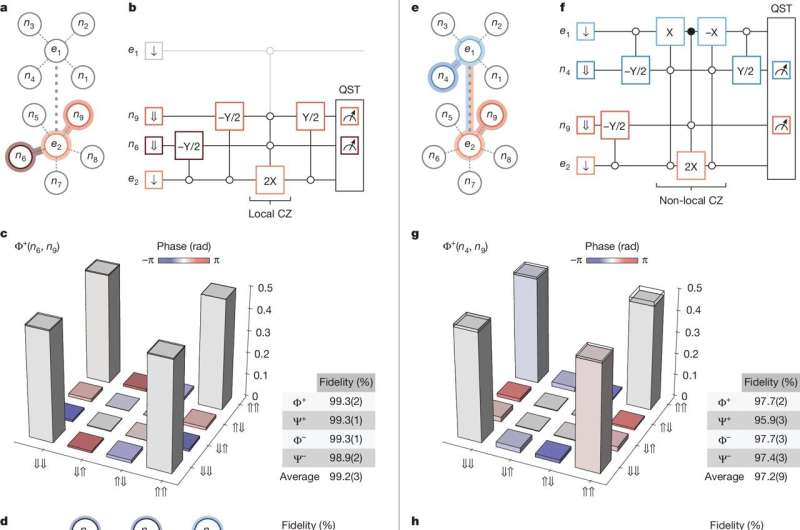Scientists have made leaps and bounds in bending atoms to their will, making them into everything from ultraprecise clocks to bits of quantum data. Translating these quantum technologies from obedient atoms to unruly molecules could offer greater possibilities. Molecules can rotate and vibrate. That makes molecules more sensitive to certain changes in the environment, like temperature.
“If you’re sensitive to something, it can be a curse, because you would like to not be sensitive, or it can be a blessing,” said NIST physicist Dietrich Leibfried. “You can use that sensitivity to your advantage.”
But that same sensitivity has made molecules difficult to control. Recently, physicists at the National Institute of Standards and Technology (NIST) achieved new levels of control over molecules. In a study published in Physical Review Letters, they were able to manipulate a calcium hydride molecular ion—made up of one atom of hydrogen and one atom of calcium, with one electron removed to make it a charged molecule—with almost perfect success. And this control opens possibilities for quantum technology, chemical research and exploring new physics.









